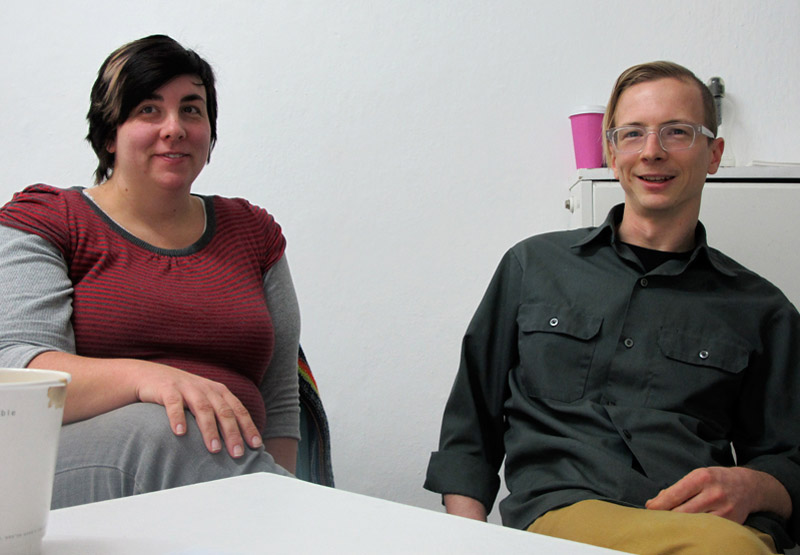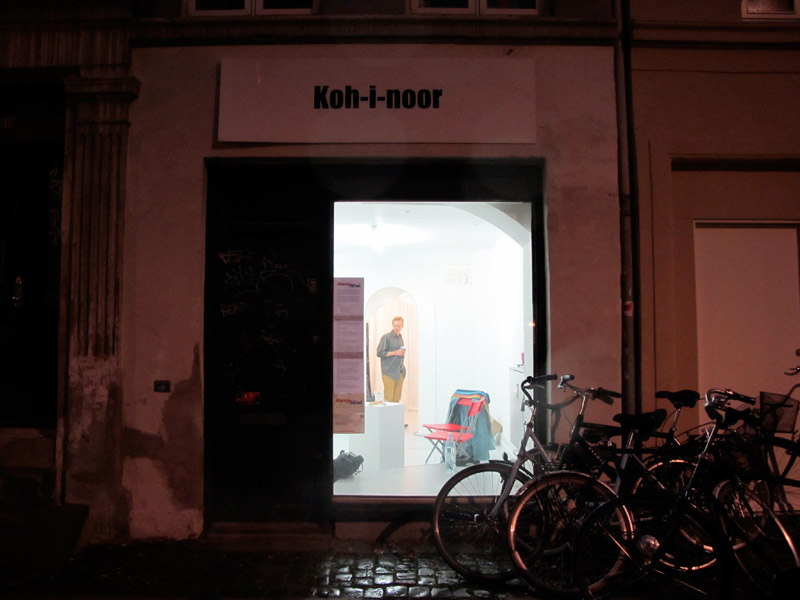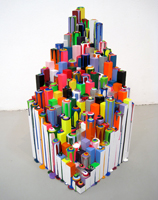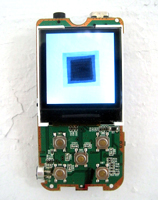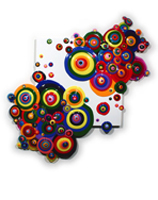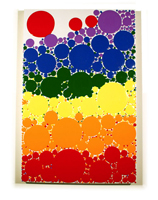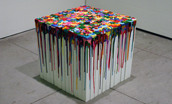Interview: Sarrita Hunn and Ryan Thayer
Kopenhagen booked a time slot during the Many Mini Residency in Koh-i-noor to hear more about the project.
Organizers: Sarrita Hunn (US), Ryan Thayer (US)
Participants: Esther Bjerregaard-Mathiesen, Gitte Bog, Julie Clifforth, Sasha Dela (US), Susanna de Vita (IT), Morten Espersen, The Hour(UK/SE), Interimagineer, Christin Johansson(SE), Mette Juul, Mette Borup Kristensen, Camilla Levin, Nanna Lysholt-Hansen, Anne Mølleskov, Anders Hellsten Nissen, Ola Nilsson(SE), Eva Sjuve(SE), Emily Sloan(US), Mikkel Toft, Mariana Viegas(PT), June Woest(US), Rikke Hyldahl and Rikke Winther, Line Sandvad Mengers and Karen Petersen.
Many Mini Residency
Koh-i-noor
Dybbølsgade 60
1721 København V
Sunday January 8th – Saturday January 14th
See opening hours and public events on the website
Web: http://manymini.org/
Many Mini Residencies goes on for no more than a week at a time, and the maximum time slot anyone can book is 12 hours. Are you thinking of putting Many Mini into a bigger scale at some point?
Sarrita Hunn: I don’t think we are so much interested in making it bigger. We are more interested in seeing it in different places. Right now we are talking about hosting a Many Mini in Saint Louis, or maybe Mexico City.
Ryan Thayer: I think the success of Many Mini stems out of its limitations. Whether it’s the limited amount of time you have to use the space, or the brief moment that it happens in each city. So the goal is to go to different cities and make the comparisons.
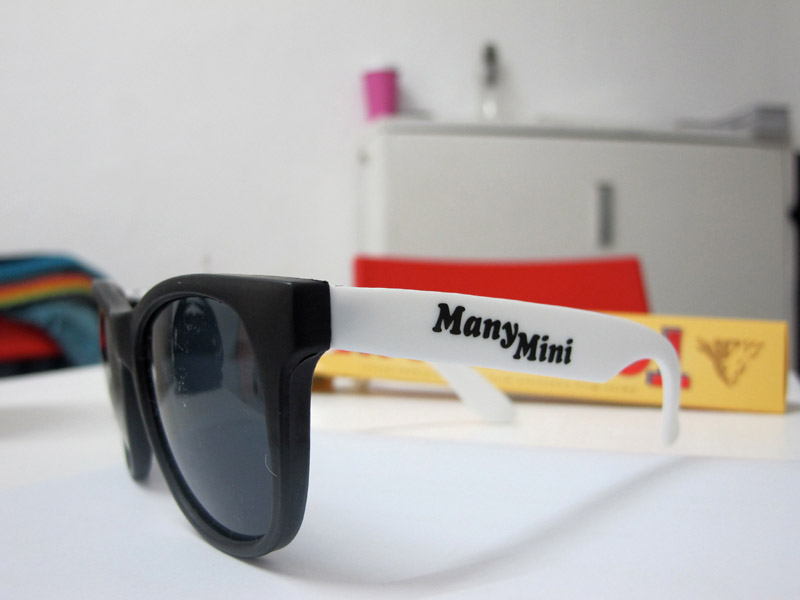
Could you give an example of differences between say Many Mini in Houston and Many Mini in Copenhagen?
Ryan Thayer: Yes. Well, we are only one and a half day into the program in Copenhagen, but based on that, and on the applications we have received, I would say that in Copenhagen there seem to be a lot of participatory events. Social practice artworks.
Sarrita Hunn: I think that in Houston there were a lot participatory artworks as well, but in Houston it was very much about video performance, whereas in Copenhagen it is more straight performance. In Houston it was more about being recorded, and in Copenhagen it is more about interacting with the public. And in Berlin the work was very much about the geography of the artists themselves. Possibly due to the very international climate there. But of course in any place there is a certain range as well.
Ryan Thayer: It is almost a sort of portraiture of each city or the art scene in that city. You can browse through and look at new and old works documented on Many Mini‘s website and get a glimpse of who is making works, and what kind of works are being made in each of these places at a certain time.
_
What are the main differences between Many Mini and a more traditional residency?
Ryan Thayer: Many Mini is accumulated in a sense. It is made up of multiple identities, multiple different practices. A traditional long-term residency is a place you maybe go for isolation or personal reflection. Whereas Many Mini ends up being much more of a social model, it’s complicated, it’s fast paced, and it quite often doubles as an exhibition.
Sarrita Hunn: Many Mini is something that is happening in different cities in different times. Sometimes people who have participated in one residency continue to do so in another one. They become really interested in the new versions of the residency. For example we have three participants here in Copenhagen, who were also in Houston. It is like a microcosm each time, but it is also something that goes on over a period of many years. So on one hand it is very concentrated locally and on the other hand it is something that goes on all over the world over a longer period of time.
_
Thank you.



